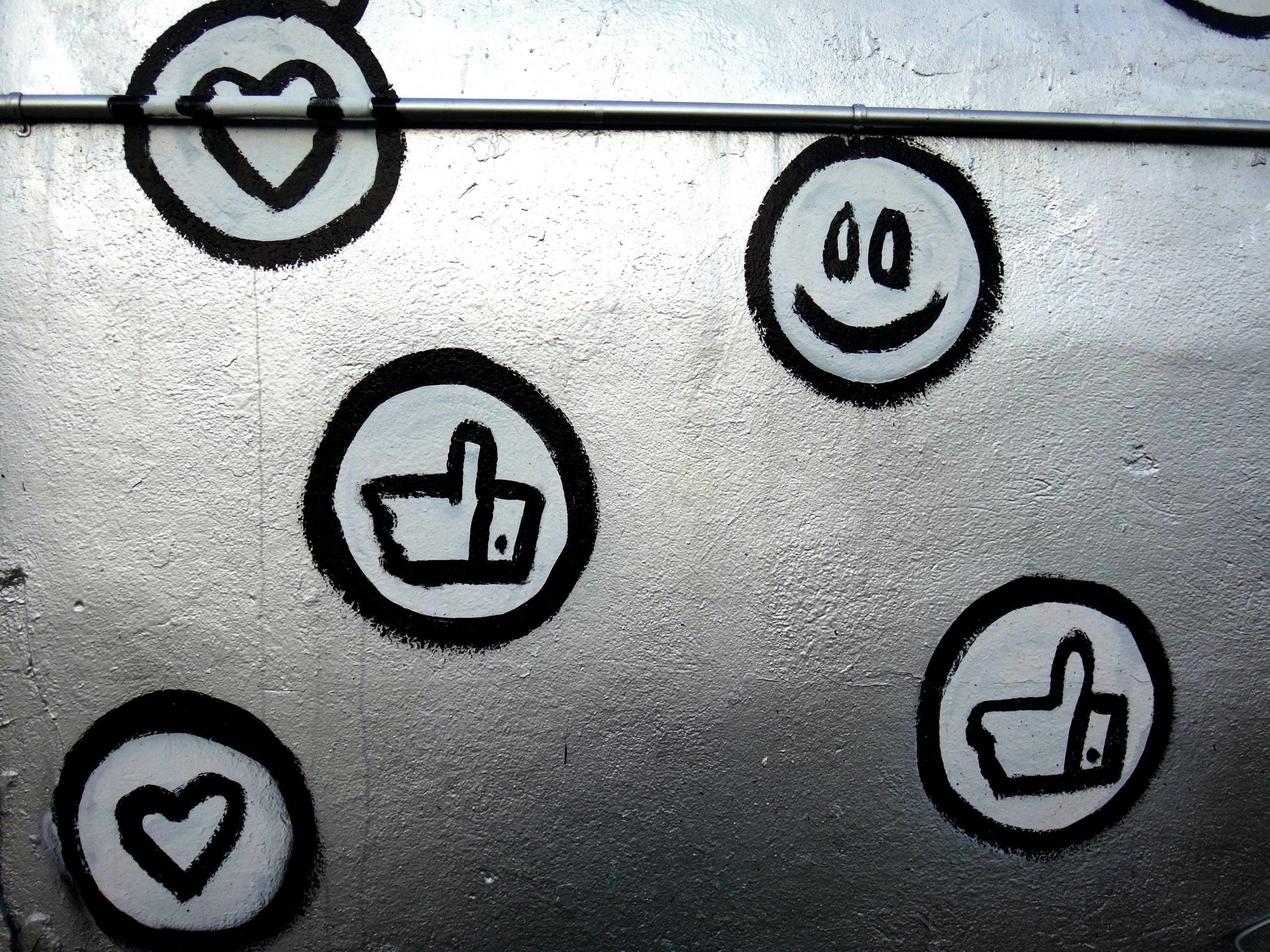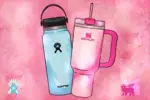Over 4 billion people in the world have at least one social media account. Whether that account is on Twitter, Snapchat or Instagram, it’s common knowledge that social media has become a huge part of modern life. Everyone — including business owners, politicians, celebrities and more — uses social media in hopes of having their voices heard by a larger crowd. Information spreads faster than ever because of social media, and because of this, people can be quickly introduced to the hottest trends at the right time. These trends can be anything, ranging from the newest fashion craze to the latest Hollywood blockbuster, and thanks to the millions of people using social media every day, one trend can quickly become a global sensation.
As social media requires only a computer and a steady internet connection, anyone and anything can become famous under the right circumstances. For example, do you remember the egg? It probably would’ve been used as someone’s breakfast, but somehow it managed to beat Kylie Jenner’s record for most-liked photo. What about the dress on Facebook? You might’ve passed it without a second glance, and yet it became the subject of intense debate as to whether it was gold and white or black and blue. Similarly, tasks that appear uninteresting and trivial can become popular, and when that happens, they’re branded as challenges. Challenges, with the magic of social media, can quickly spread across the globe.
Although social media is a unique product of the internet, the challenges themselves have already been thought of before. The latest saltine cracker challenge, where people consume six saltine crackers without eating or drinking anything in under 60 seconds, can be traced back to the late ’90s. Eating six crackers might not sound very challenging in the eyes of cynics, but actually doing it can prove to be difficult, which is what made it fun to attempt; you wanted to see whether or not you could beat the clock. Thanks to the introduction of websites like YouTube, the challenge can be attempted or watched by anyone. Eventually, the peeps of the internet discovered that quickly consuming six crackers wasn’t the only challenge that could be shared via the internet.
Throughout the last two decades, the world has seen its fair share of challenges come into popularity, getting noticed to the point where even politicians and celebrities have participated. Notable past challenges include the “Call Me Maybe” challenge, where people danced and lip-synched to Carly Rae Jepsen’s hit song; the planking challenge, where people laid flat on narrow surfaces; and the ice bucket challenge, where people dumped icy water over their heads to spread awareness for ALS, or Lou Gehrig’s disease. These challenges became so widespread you could find people attempting them everywhere, from the students at your local school to even your own family. Often, somebody was around recording for YouTube or Twitter. Today, it’s the same story: The challenge spreads online, and then people engage with it. Someone — the challenger themselves, perhaps — records a video for the internet and posts it, getting more people to hear about and attempt it.
Many challenges are just harmless fun that bring people from all walks of life together. In some cases, they can even bring attention to charitable causes, like the ice bucket challenge. But for every challenge that brings positivity to the world, there are ones that cause problems. The devious lick challenge, which went viral last year, involved people stealing random items from their schools. The fire challenge burned people by having them slather flammable substances on their bodies before igniting it. The milk crate challenge sent people to the hospital for broken wrists and dislocated bones. And yet, despite the obvious danger and vocal criticism, people still participate in these challenges. Why is this, exactly? Why do people put themselves in danger for a few likes on YouTube or Twitter?
“Social media can project a feeling of community and connection, and viral challenges can gain momentum very quickly as a result,” said clinical psychologist Jennifer Hettema, in an interview with Verywell Mind. “However, the same emotions that make you feel connected to a charitable viral challenge can make you equally motivated to participate in other more extreme viral trends that could even be dangerous.”
When it comes to the origins of these desires, social worker Britanny Morris has the answers. Talking with Verywell Mind, she stated, “Humans have an inherent need for connection. During the pandemic and even long before it, the Internet and social media have become safe havens for many individuals struggling to find their place socially. Online popularity feeds our egos in many ways and also makes us feel valued.”
Oftentimes, the ones who are quick to capitalize on challenges are young people; you probably won’t see your grandma participating unless she’s with your entire family. On that matter, Morris stated, “Children and teens are most susceptible to these dangerous challenges because of the need for belonging. In our early teens and adolescent years, we are dying to be accepted and searching to find out a niche … this age group wants to be validated by others, especially their peers.”
Validation seems to be the main issue here. As social media allows us to follow people who are more influential than us, we begin to feel inadequate or lacking in a certain regard. We begin to feel as though we exist on the outside. To breach the “in-crowd,” we conclude that we must become talented, but gaining skill in a particular field takes a lot of time and work. Challenges provide an easy way to earn popularity; if you search for any past challenge, you’ll find hundreds of people with thousands, if not millions, of views. Usually, it’s the more extreme challenges that get the views, so people are more willing to participate, even if it harms them in the long run.
While stopping the spread of social media challenges would be next to impossible, there are ways to be smart about them when they arise. When it comes to kids, Dr. Hettema believes parents should simply limit the number of hours their children spend on the internet and monitor what they see. For teens, Dr. Morris believes nurturing a strong sense of self-identity and teaching them to have grounded expectations is the answer. These tips apply mainly to young people, but they can be applied to just about everyone. As challenges are coming and going at a faster rate than ever, it is important to recognize whether or not the latest one poses a threat to both yourself and those around you, and whether or not the challenge is worth even attempting for a few minutes of fame.
















